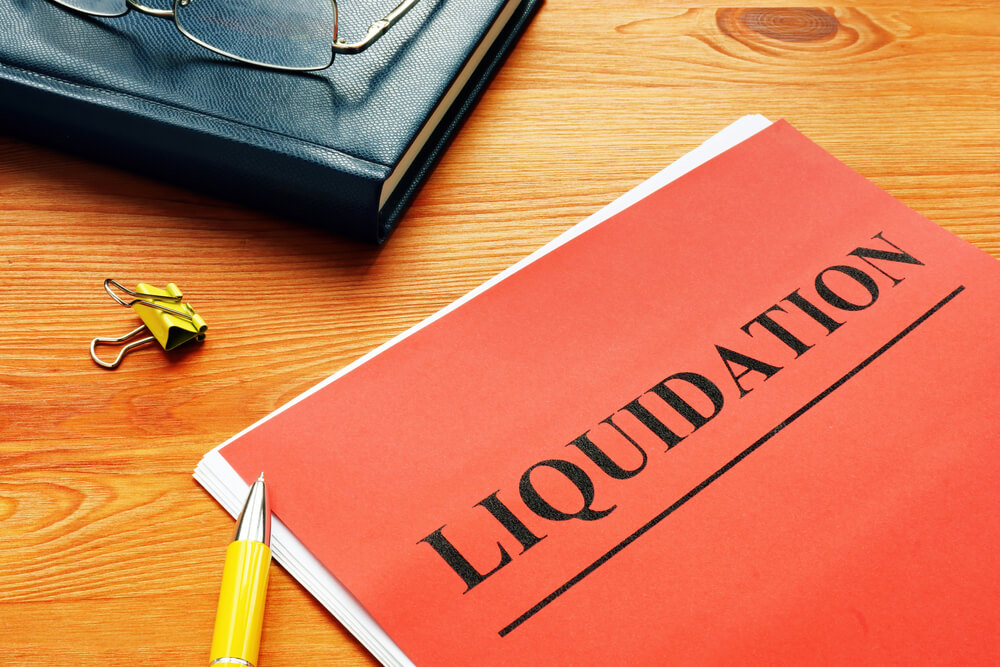What are the types of Liquidation?

What are the types of Liquidation?
In India, liquidating a business entails selling its assets and dividing the proceeds among its shareholders and creditors. In this article, learn about the various types of Liquidation followed by companies to dissolve their business.
The Companies Act of 2013 governs the liquidation procedure. When a corporation is liquidated, the interest of the shareholders in it is terminated, and the firm no longer exists. The corporation sells off its assets to pay off its debts and divides the remaining money among its owners.
Types of Liquidation
Voluntary Liquidation
Voluntary liquidation is when a company voluntarily decides to dissolve its assets and operations to pay off its creditors. The provisions of the Companies Act 2013 govern this process.
The process usually starts with the board of directors passing a resolution to wind up the company. Once the resolution is passed, the company must apply to the Registrar of Companies (ROC) to initiate the process. A public announcement is then made, allowing creditors to submit their claims.
Once the claims are submitted and verified, the company’s assets are sold off and the proceeds are used to pay off the creditors. If there are still funds remaining, they are distributed among the shareholders.
Once the company’s assets are sold and the creditors are paid off, the company is dissolved, and the shareholders no longer have any legal rights or obligations associated with the company.
Compulsory Liquidation
Compulsory liquidation is a legal process that the creditors of a company initiate. It happens when the company cannot pay its debts and cannot agree on a repayment plan with its creditors. In such cases, the creditors can apply with the National Company Law Tribunal (NCLT) and request the company’s dissolution.
The NCLT will then appoint a liquidator who will take control of the company’s assets and liabilities and sell them off to pay off the creditors.
The liquidator will also be responsible for winding up the company’s affairs and distributing the remaining assets to shareholders.
Creditors Voluntary Liquidation
Creditors’ voluntary liquidation (CVL) is when a company’s creditors decide to liquidate the company’s assets to pay what is owed to them. It is a voluntary process that the company’s directors initiate. It requires most of the company’s creditors to vote in favour of the liquidation for it to occur.
The process of CVL begins with the company’s directors convening a meeting of creditors. At this meeting, the creditors will be asked to vote on whether or not they wish to liquidate the company’s assets.
Once the creditors have voted in favour of the liquidation, the company’s assets will be sold off to pay the creditors. The company’s directors will also appoint a liquidator, who will be responsible for overseeing the liquidation process. The liquidator will also be responsible for distributing any remaining funds after the creditors have been paid.
Once the liquidation process is complete, the company will be dissolved and the directors will no longer be responsible for the company.


